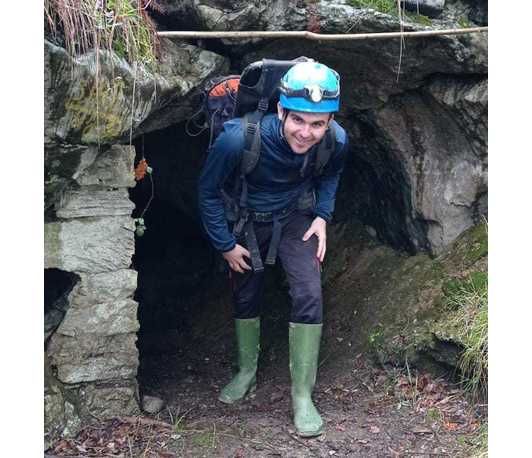Understanding Roost Fidelity in Cave-Dwelling Bats: Insights from PIT-Tag Monitoring of Rhinolophus euryale
Rado Seminar by Lander Olasagasti
- Date: May 16, 2025
- Time: 10:30 AM - 11:30 AM (Local Time Germany)
- Speaker: Lander Olasagasti
- Location: MPI-AB Möggingen
- Room: Seminar room MPI-AB Möggingen + Online
- Host: Max Planck Institute of Animal Behavior
- Contact: ddechmann@ab.mpg.de

Roosts are vital for bats, offering protection and a place to rest, breed, and socialise. Among roost types, caves are the most stable but also the least available, leading cave-dwelling bats to form larger colonies and switch roosts less often than tree-rosting species. Conservation and monitoring efforts rely on this high roost fidelity assumption, with emergence counts commonly used to estimate population size. Over the past three years, I have monitored Mediterranean horseshoe bat maternity colonies using PIT-tag systems. In the first chapter of my thesis, I analyse how an individual’s sex and age influence roost fidelity and explore the implications for conservation and population monitoring strategies.